Exploring a scrub forest in Chennai
Like most people we are also confined in our homes during the lockdown periods. But to be quite frank these periods gave us an opportunity to explore nearby patches of forests. Sitting in Chennai one can ask ” where is the forest in Chennai ? “. Though nothing like the westernghats there are still little patches of scrub areas escaping the eyes of a “JCB”. These little patches are so small that major mammals are all but wiped off. We are always cautious about the wild animal movements in the forest but never scared about them. The major scare for us in these patches are the human beings, usually the drunkards. So we normally avoid visiting the scrubs forests in Chennai.
During the lockdown we couldn’t resist our temptation to explore the small Eastern Ghats patches in Chennai. To say the truth, I am always inclined to Western Ghats preferring the lush green forests rather than the dry open scrub lands in Eastern Ghats. As any patch of green looks beautiful after a rain, we decided to visit the forest after some rains. There was a surprise rainfall in June , so we visited the forest the next day. The patch we decided to visit also had a lake !! As usual we were there at first light and we heard the call of a Shikra.

A quick animal rescue !
He flew and sat on a neem tree on the roadside with a prey. We were surprised to see a bird in his claws because we always saw Shikras striking on lizards,chameleons and rodents but never on big birds. Common Mynas started circling around the Shikra and created a raucous. A garbage picker was picking trashes on roadside, with all these commotions the Shikra dropped the prey and flew away. There were many stray dogs wandering and they came near the bush. So vinod went to check the status of the prey.When Shikra caught a bird that was a natural event, no need to interfere but when stray dogs come to the play we had to interfere. Vinod saw a Little Grebe inside the bush who was shivering with fear. Vinod took the bird gently and checked for bruises . Surprisingly, the Grebe was unharmed and Vinod felt the fast heartbeat of the bird in his hand.
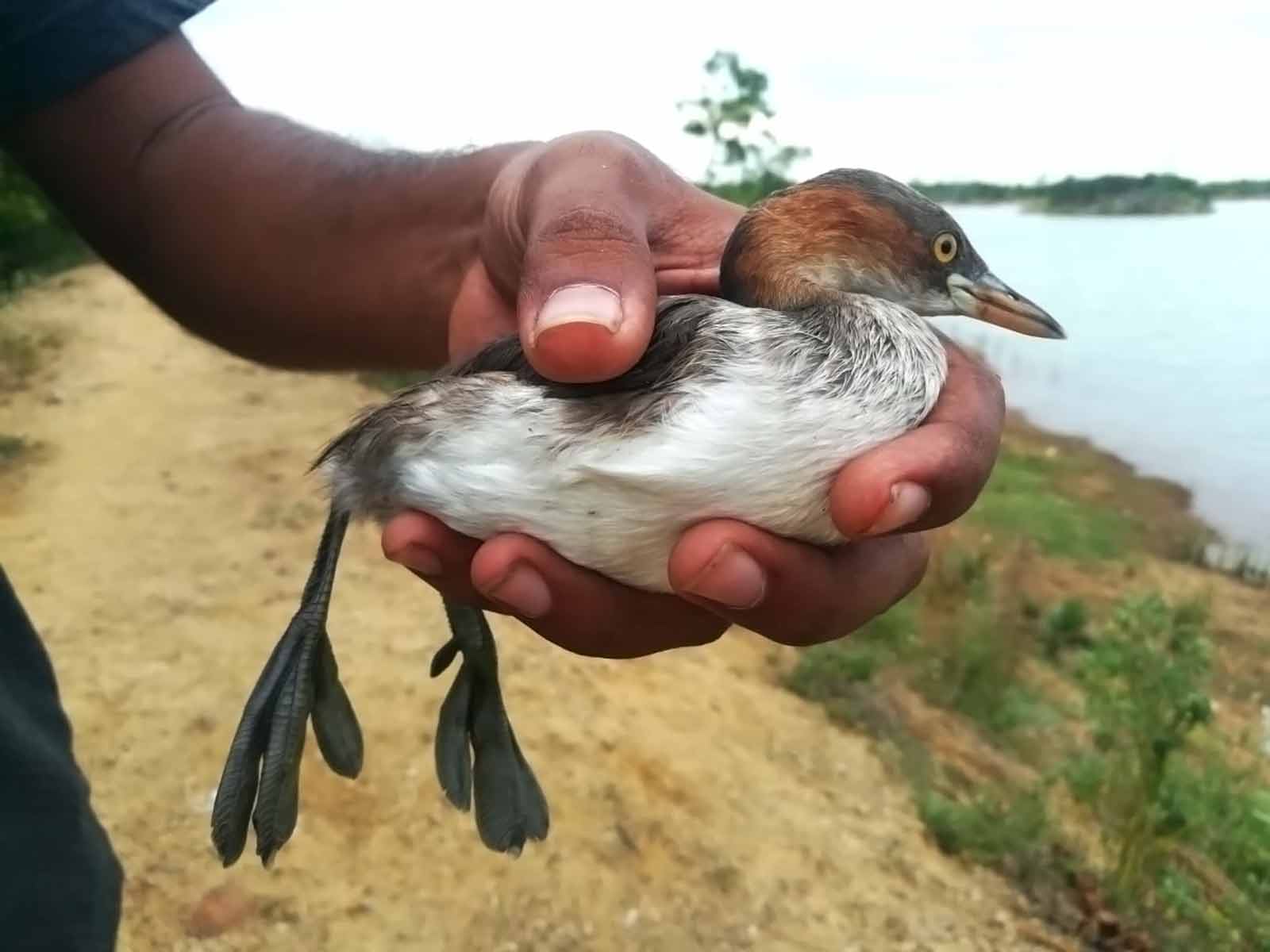
We took the bird to the lake and dropped him near the edge. In a blink of an eye the bird dived in and her head popped up from the lake center. Our faces were full of smiles seeing her behaviour. With this small rescue, we continued our stride to the forest.
The forest welcomed us with the sweet scent wildflowers like Wild Jasmine and flowers of Cuddapah almond (Buchanania lanzan). The flowering season of Memecylon umbellatum was almost over, so many bushes were covered with purple berries and just few strands of the dark blue Memecylon flowers were hanging on the bushes. The bright yellow flowers of Asian bushbeeches were hanging here and there and I was really tempted to pick them and wear them as earrings. The Sickle bushes (Dichrostachys cinerea) were hanging as lanterns everywhere. This is a different terrain and the flower blooms should be enjoyed in a different way.

Beautiful insects of Chennai
We were seeing bees buzzing in all these flowers. Once we go in the macro world, the world really looks so different. We saw Lagoon flies, Banded-digger bees , White-combed sweat bees on the flowers. The Slender-scaped Carpenter Bee was dashing around with his round body. These bees are so swift for their bulk body. There were Lesser-banded hornets circling on Earleaf Acacia tree (Acacia auriculiformis).
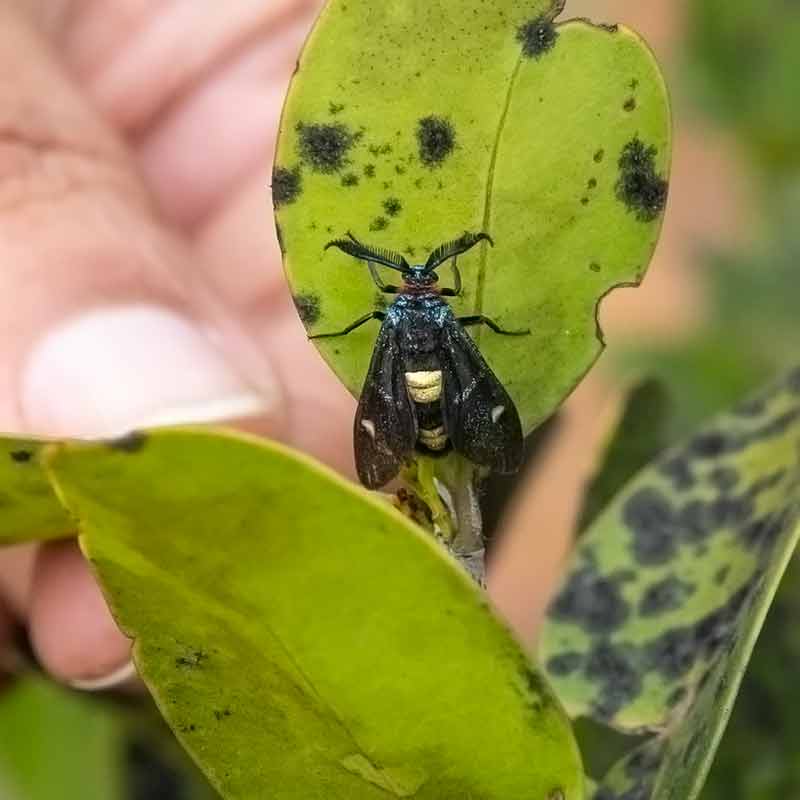
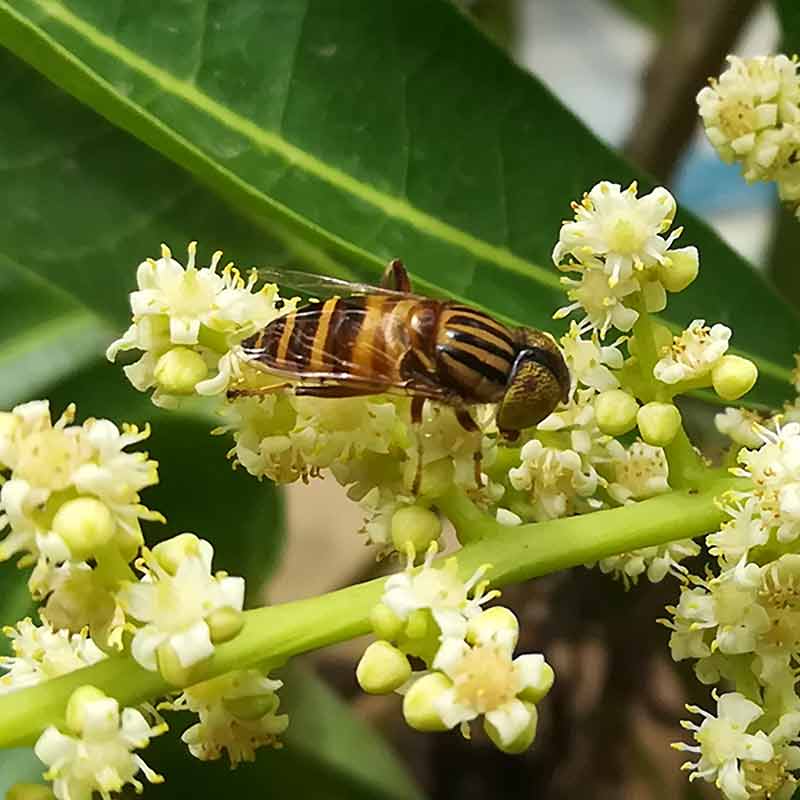
The majority tree in these reserve forests are the Earleaf Acacias and Candelabra wattles which are not native to India and planted in India for the cultivation of lac insect. The natural resins produced by the lac insect is used for wood finishes, polishes and many other uses. This is how natural forests in India are changed for commercial purposes by our own forest rules, thus killing native vegetation. If every piece of land has some monetary value, this is what happens !!
Anyway, we were just watching the amount of lives even in this destructed world in awe. Because of the previous day rains, there were movements of beetles on the ground too. We usually see the Six-spot ground beetle (Anthia sexguttata) but I saw a yellow Carabidae beetle this time.
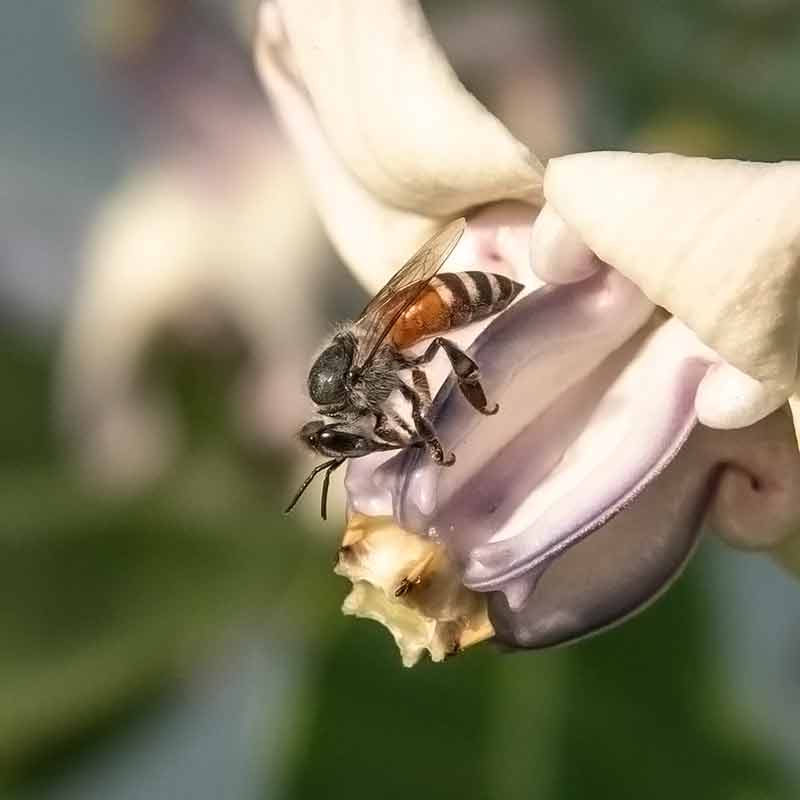
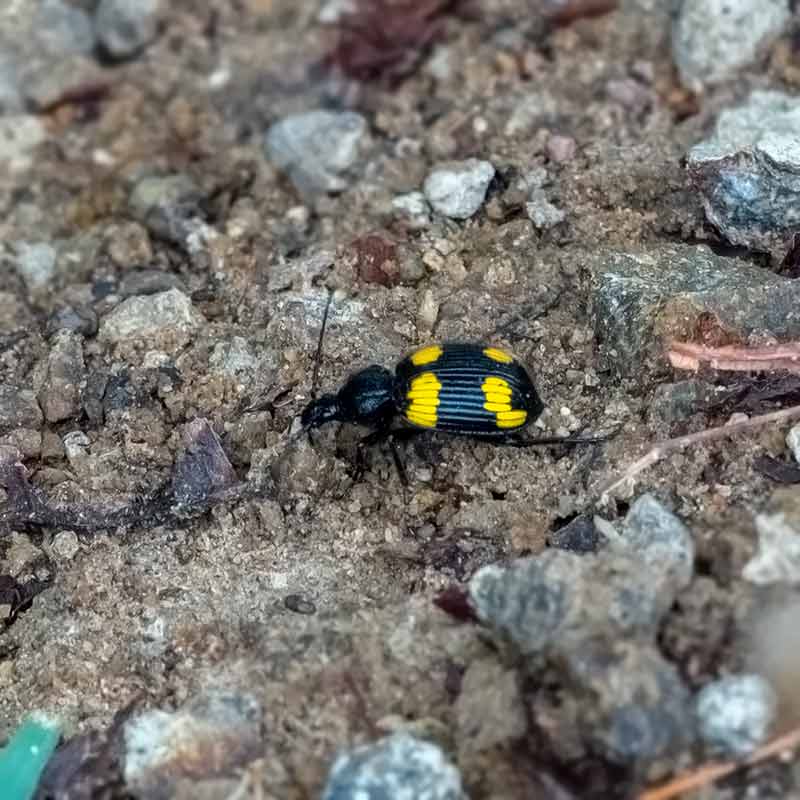
The Red-vented and Red-whiskered bulbuls are in high count compared to other birds in this forest. The bulbuls were making their usual sounds and it was the season of Asian Koel. So the duo were also singing in high pitch voice. We were keeping an eye for birds but our main interest was in butterflies and other interesting creatures. Atleast 4 times we missed the Bushquails who were popping out suddenly from a bush and flew immediately to another bush where they disappear in a second like some magical Alice in Wonderland tunnels were there under the bushes.

We were expecting a mild weather but it turned out to be a hot , sweaty day. Even though we were drenched in sweat, we didn’t want to return back. While vinod was trying to capture the sound of Common Iora who was singing beautifully, I wandered around nearby to see the dark Indian Jamun fruits on many trees. I plucked few and enjoyed the swirl of sweetness and tartness in my mouth.
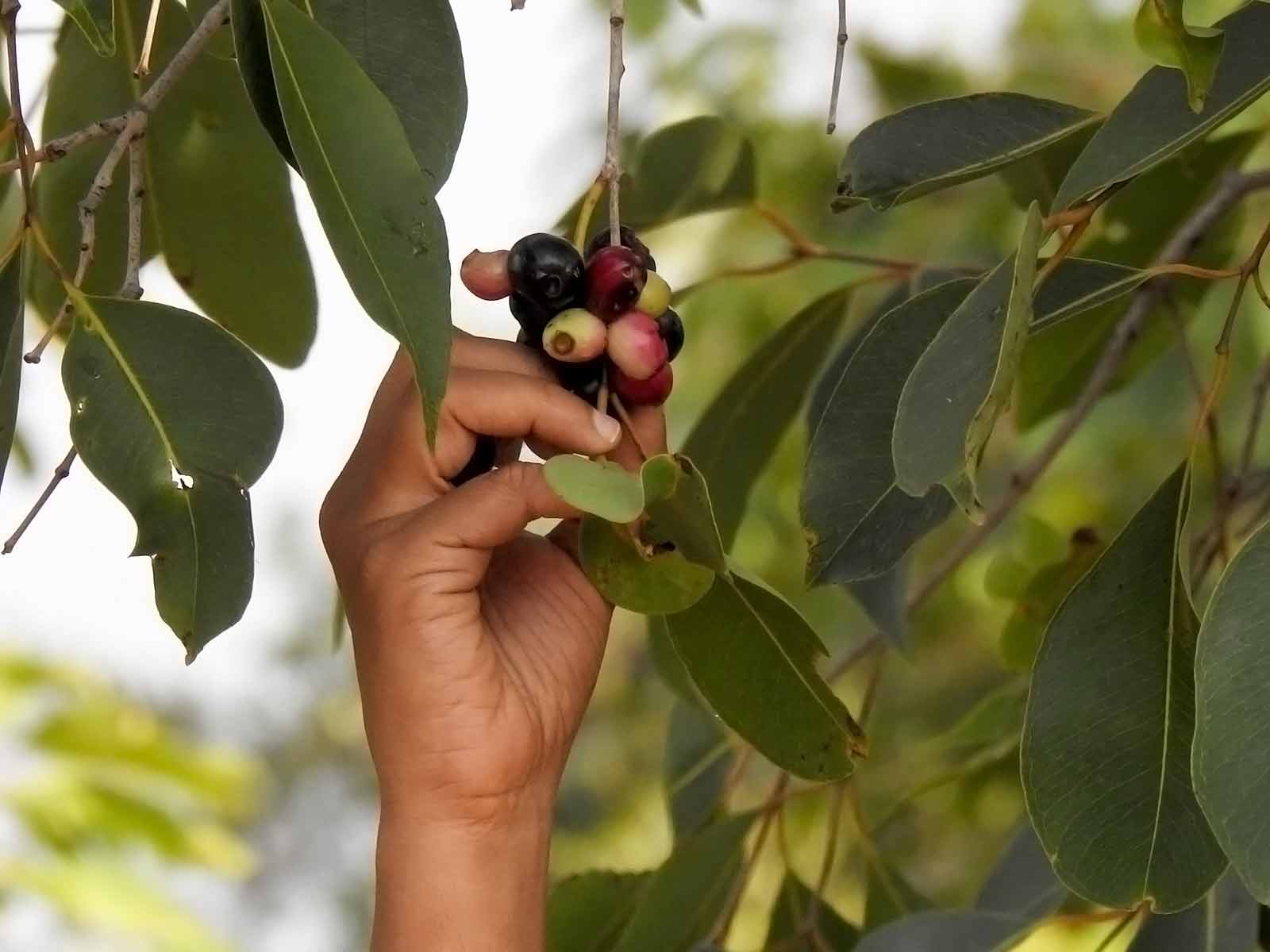
By this time, the butterflies started fluttering around.
The Blue Pansy and Lemon Pansy butterflies were everywhere. The way they slowly open and close the wings to show-off the beautiful patterns in the upper wing is mesmerizing. The Yellow Pansy was also giving us a quick display now and then. There was a single Large Salmon Arab who came in front of us and gone within a second. Lime Swallowtail butterflies were chasing each other and they were so restless to sit on a single flower. In a rich forest section, usually hundreds of butterflies do mudpuddling but I was excited to see the two Common Mormon butterflies that were mudpuddling.
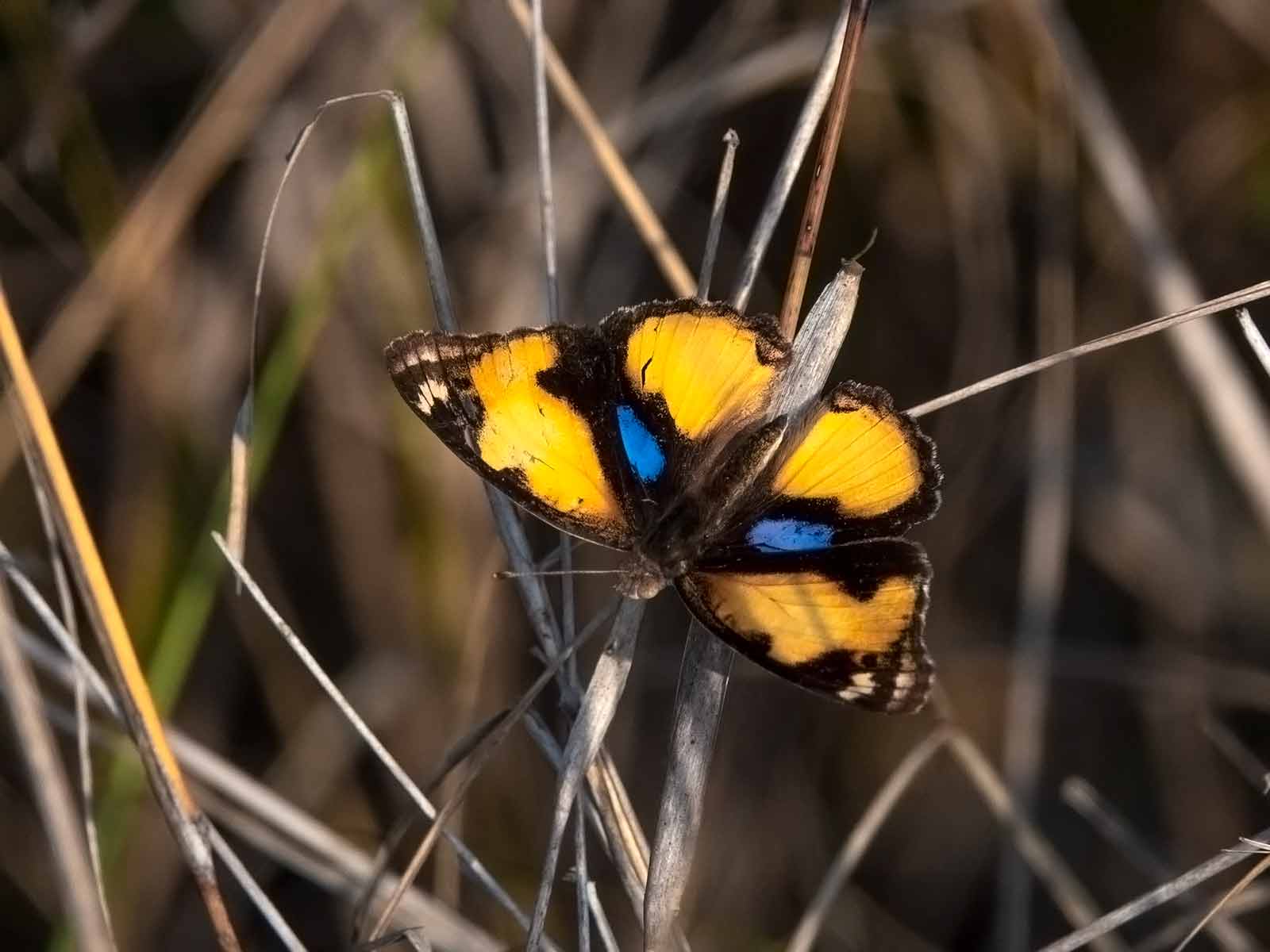
Like I said at the start, our only worry is other human beings inside the forest. We saw broken bottles in few section inside the forest and it was really heart wrenching to see even these small forest patches are exploited by humans. Even though the bird life was not very rich in this forest patch, the sightings of a flock of Indian Silverbills and Scaly-breasted munias, a pair of Blue-faced Malkoha, Tawny-bellied babblers, and Indian Thick-knee were exciting.
I have to admit it was much more pleasant than I expected.